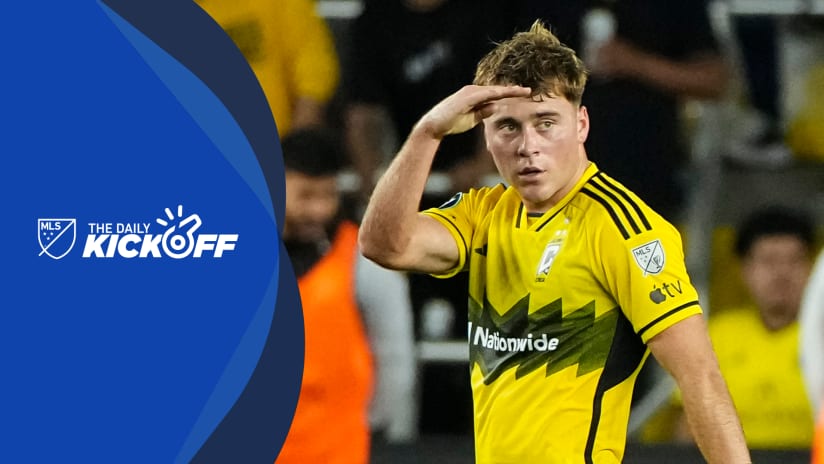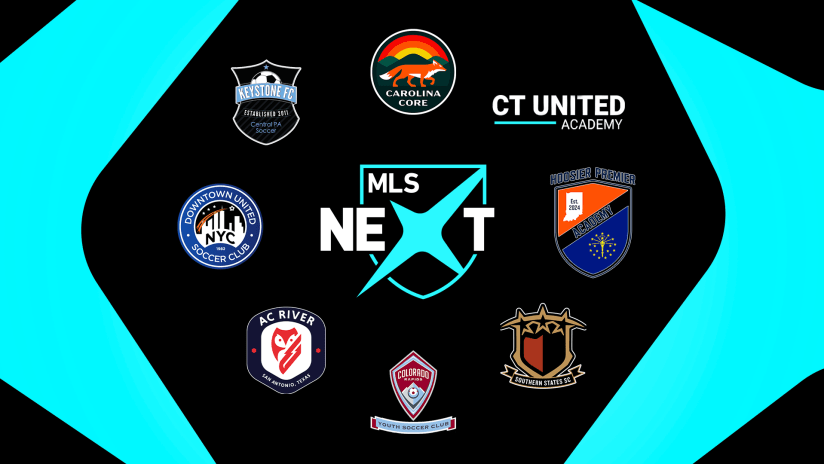Al Gore must be a soccer fan. Has to be. Because when he invented the Internet, he provided North American soccer fans with the greatest gift since Paul Caliguiri struck his legendary volley against Trinidad and Tobago.
The web, particularly its social-media permutations, is almost tailor-made for the North American soccer scene. And it’s not coincidence that the growth of the sport here neatly mirrors the growth of social networks here.
Soccer is, after all, the most social sport around. Internationally, clubs emerged from neighborhoods, where local lads represented the community on the field and everyone met up at the pub to discuss it all.
The US and Canadian soccer scenes have a different social history than their Europe counterpart. The sport’s many years of "underground" status on these shores meant that its fans were spread out in small pockets across the land. Suffering in isolation, these pockets craved information and news that the mainstream media refused to provide.
Top 10 soccer journalists on Twitter (as voted by MLS fans)
Rank |
Name |
Handle |
1 |
Grant Wahl |
<a href="http://twitter.com/#!/GrantWahl">@GrantWahl</a> |
2 |
Ives Galarcep |
<a href="http://twitter.com/#!/SoccerByIves">@SoccerbyIves</a> |
3 |
Steven Goff |
<a href="http://twitter.com/#!/SoccerInsider">@SoccerInsider</a> |
4 |
Brian Straus |
<a href="http://twitter.com/#!/BrianStraus">@BrianStraus</a> |
5 |
Joshua Mayers |
<a href="http://twitter.com/#!/joshuamayers">@JoshuaMayers</a> |
6 |
Steve Davis |
<a href="http://twitter.com/#!/stevedavis90">@SteveDavis90</a> |
7 |
Jason DeVos |
<a href="http://twitter.com/#!/jasondevos">@JasonDeVos</a> |
8 |
Jeff Carlisle |
<a href="http://twitter.com/#!/jeffreycarlisle">@JeffreyCarlisle</a> |
9 |
Jason Davis |
<a href="http://twitter.com/#!/mfusa">@MFUSA</a> |
10 |
Jeremiah Oshan |
<a href="http://twitter.com/#!/jeremiahoshan">@JeremiahOshan</a> |
“I started covering MLS in ’97,” recalls Sports Illustrated’s Grant Wahl. “At the time there were some great names in the league as far as players — Carlos Valderrama and players like that — but the media coverage was not extensive.”
Everything changed with the Internet explosion in the late 1990s. Suddenly, all those lonely voices across North America had a way to be heard. A network of message boards and blogs sprang up around North America to fill in the cracks and feed the game’s information-hungry followers, none bigger than message-board website BigSoccer.com.
“You had to go to BigSoccer to know what was going on because the newspapers didn’t do the best job,” says longtime MLSer Jimmy Conrad, an early adopter of the Internet’s communication capabilities. “That really helped because now every writer has a blog, everyone is on Twitter and there is more information than ever out there. I think the fans have driven that.”
By the mid-2000s, MLS fans were just as likely to hear about a big acquisition through the online whisperings of an anonymous blogger as they were to find out about it through the local news outlets.
“The Internet has really been key, from the major sites down to the smaller, independent sites,” says Ives Galarcep, founder of SoccerbyIves.net and a writer for FoxSoccer.com. “They filled the void that a lot of the big newspaper outlets still haven’t come around to.”
Today, it’s gone beyond the Internet, even. Twitter and Facebook have upped the ante. The instantaneousness of social networks provides the present-day soccer fan with a nonstop barrage of up-to-the-minute scores, news, goals and gossip from around the soccer world.
And it really is up-to-the-minute. So much so that a fan monitoring her Twitter feed while watching a televised game will often come across a tweet emanating from the stadium reading “GOAL!” seconds before seeing the actual goal.
The conversation around soccer moves just as fast as the game itself, twisting and turning in real time as if it were a snaking run into the 18-yard box.
“For the fans, there is so much more information out there and Twitter is a major part of sharing it,” Galarcep says. “It’s great for a lot of things like keeping tabs on American players in Europe. Years ago, you didn’t know what some guy playing Germany was doing. Now you know he scored the minute he scored.”
Conrad’s 13-year MLS career has practically traced the information age’s time line from print to the web, from BigSoccer to Twitter, and today he can’t help but notice the tangible impact of all that soccer chatter.
“There’s been this demand for coverage of their teams, and social media has forced the mainstream sports editors to notice that there is an audience for this sport,” Conrad says. “They just can’t ignore the number of Facebook comments or re-tweets an article gets.”
That audience includes Cory Furlan, a supporter of the Philadelphia Union and self-declared soccer-info junky.
“Twitter and the Internet have changed everything,” he says. “I can’t even remember how I got something as simple as a game-day roster 10 years ago. You had to search it out in years prior, but it is in your face now.”









